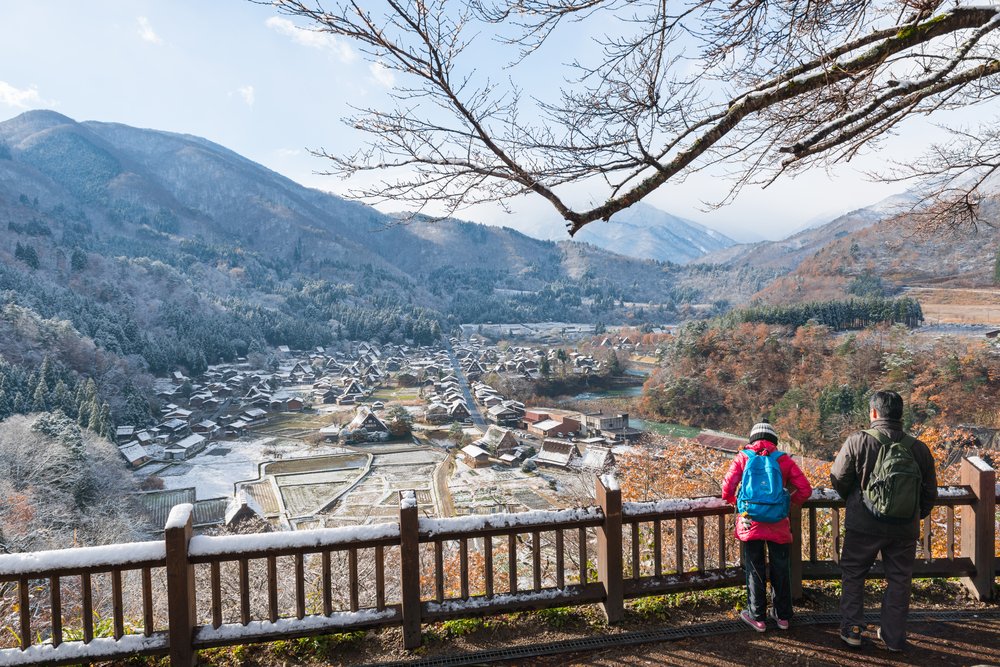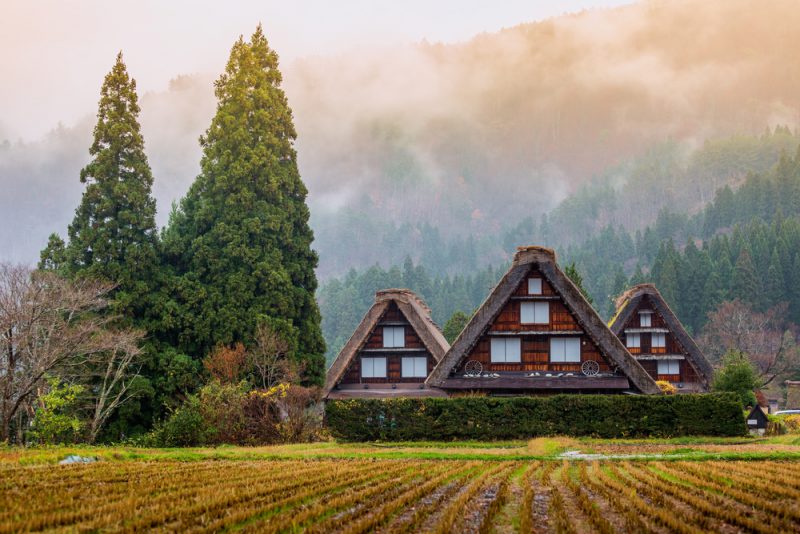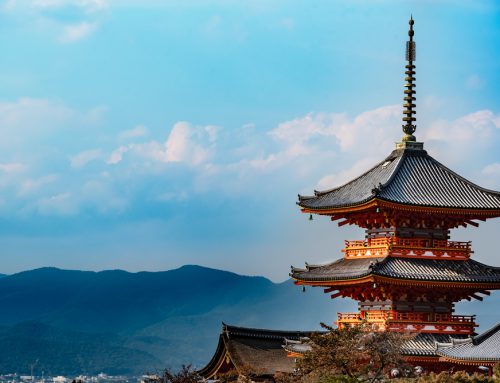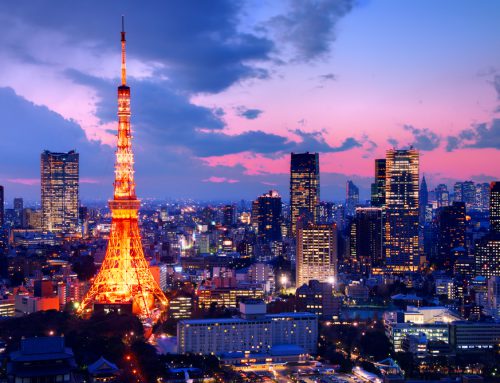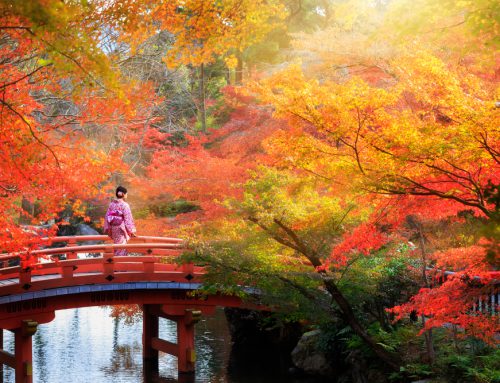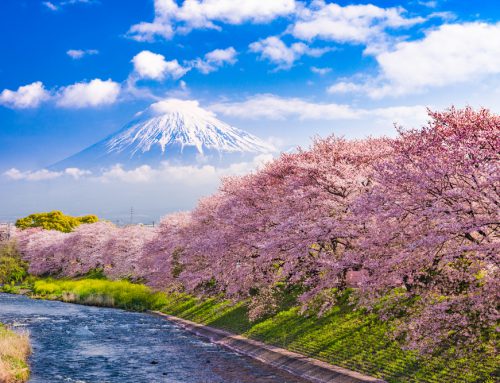One of Japan’s many UNESCO World Heritage Sites, Shirakawago is a small village situated in Gifu Prefecture. Surrounded by mountains, it is home to several old gassho-zukuri houses and offers picturesque views of rural Japan, especially in winter when everything is covered in pure, white snow. As Shirakawago is only a couple of hours from Kanazawa, it is a very popular day trip destination for visitors staying in Kanazawa, Takayama and Toyama.
Getting around Shirakawago
The entire village of Shirakawago can be explored on foot. It is quite small and it took me about four hours to see the sights, walking at a leisurely pace, checking out as many of the gassho-zukuri farmhouses as I could, and taking photos of the scenery.
What to see
Gasshozukuri Minkaen Outdoor Museum
With 26 traditional gassho-zukuri houses on display, the Gasshozukuri Minkaen Outdoor Museum gives you a taste of ancient Japan. The structures are well-preserved, and you can go inside the houses to get a closer look at the architecture, designs, layouts, and other features of these culturally significant buildings. The open area is also home to different plants, trees, ponds, and has visitor facilities, such as a shop, soba restaurant, and several rest areas. Entrance to the museum costs 600 yen.
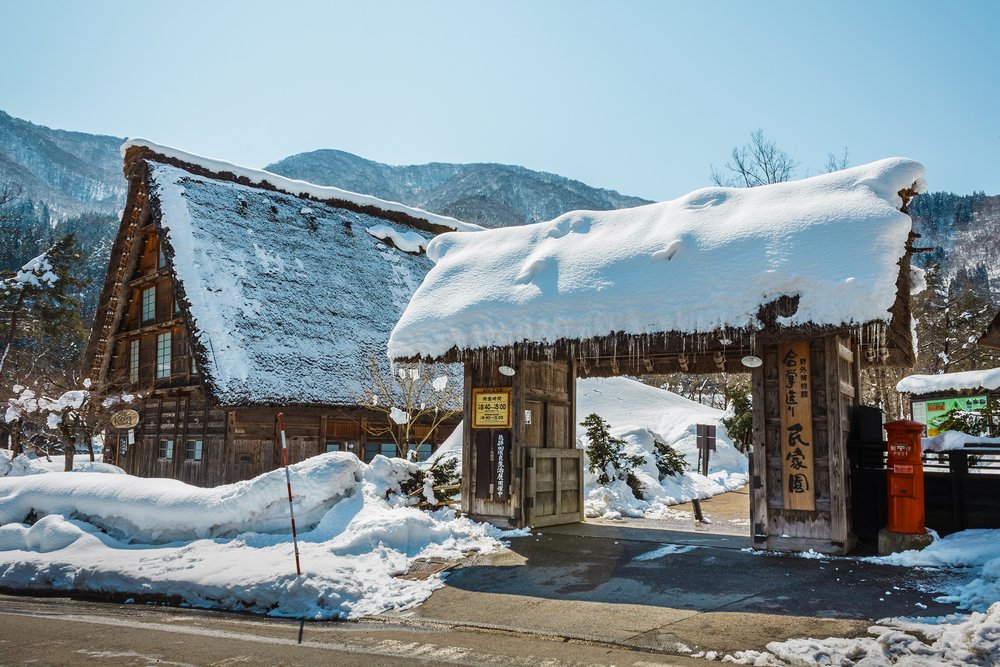
Wada House
My next stop was Wada House, the largest gasso-zukuri farmhouse in Shirakawago. For a price of 300 yen, you can enter the main house and feast your eyes on a wide collection of traditional items, documents, and artifacts that date back to the 1800s, the time when the house was built.
Kanda House
Considered to bear a superior gassho-style architectural structure in comparison to the other farmhouses in Shirakawago, Kanda House is a 160-year old building with exemplary floor plans, and beam and roof designs. Admission to the house costs 300 yen.
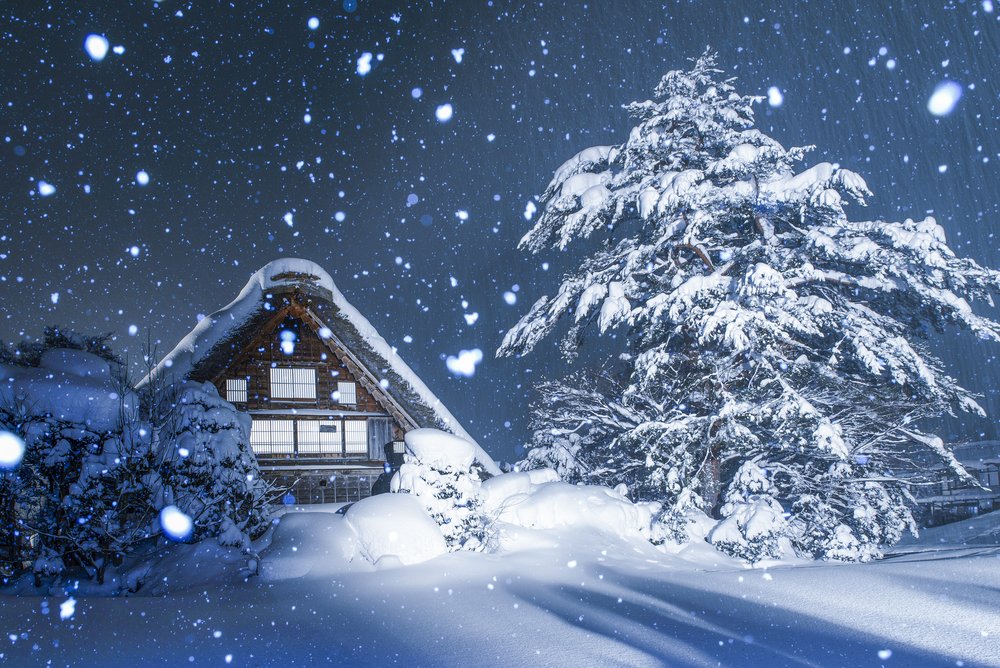
Nagase House
Nagase House served as the residence of the Nagase family for two and a half centuries. Today, it is a museum that features medical tools and equipment exhibits that were used during the Edo Period, when its first generation of occupants worked as doctors. It is five storeys high and has a prominently large roof. An entrance ticket costs 300 yen.
Shiroyama Observatory
About a 20 to 30 minute walk from the Shirakawago bus terminal and tourist information centre, the Shiroyama Observatory offers an overlooking view of the whole village. At all times of the day this place tends to be packed with tourists who want to photograph the breathtaking scenery of Shirakawago below, with the imposing snow-covered mountains in the background. The walk back down to the village is easier, and takes about 10 to 15 minutes.
As an alternative to walking, there is a small shuttle bus (the stop is found near the tourist information centre) that takes people to and from the observatory every 20 minutes. A one-way ride costs 200 yen.
